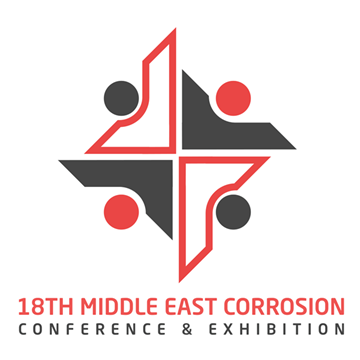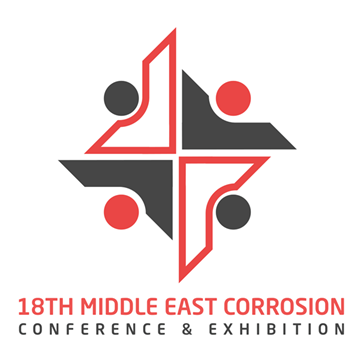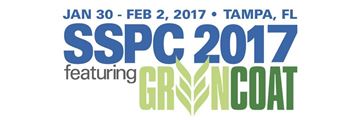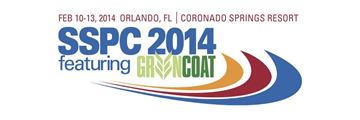Search
Individual Conference Papers
View as
Sort by
Display
per page
Transition from Combinatorial Chemistry to Present Day Robotics in Product Development for Oil Field Chemicals
Product Number:
MECC23-20245-SG
Publication Date:
2023
$20.00
Transition to Online Test / Verification of Cable Insulation Condition
Product Number:
ED22-17269-SG
Publication Date:
2022
$20.00
Transitioning Towards FRP Manhole Covers. A Case Study and Success Story on an Urban Scale
Product Number:
MECC23-20081-SG
Publication Date:
2023
$20.00
Transmission Tower and Pole Painting - A Challenge for All Involved
Product Number:
51217-047-SG
Publication Date:
2017
$20.00
Trends in Tank Lining Test Methodology for Oil and Gas Service
Product Number:
41216-972-SG
Publication Date:
2016
$20.00
Trials and Tribulations with Finding the Optimal Lining Material
Product Number:
51219-218-SG
Publication Date:
2019
$20.00
Triangle of Trust Client Driven Specifications for Wastewater Facilities
Product Number:
41214-874-SG
Publication Date:
2014
$20.00
Troubleshooting Of Main Fractionator Overhead Corrosion in Condensate Splitting Unit Using Ionic Equilibria Modelling
Product Number:
51323-19325-SG
Publication Date:
2023
$20.00
Troweled Cementitious Urethane Floor Systems
Product Number:
41205-180-SG
Publication Date:
2005
$20.00
True Value of Quality: A Case History of a Success Story
Product Number:
41206-243-SG
Publication Date:
2006
$20.00












